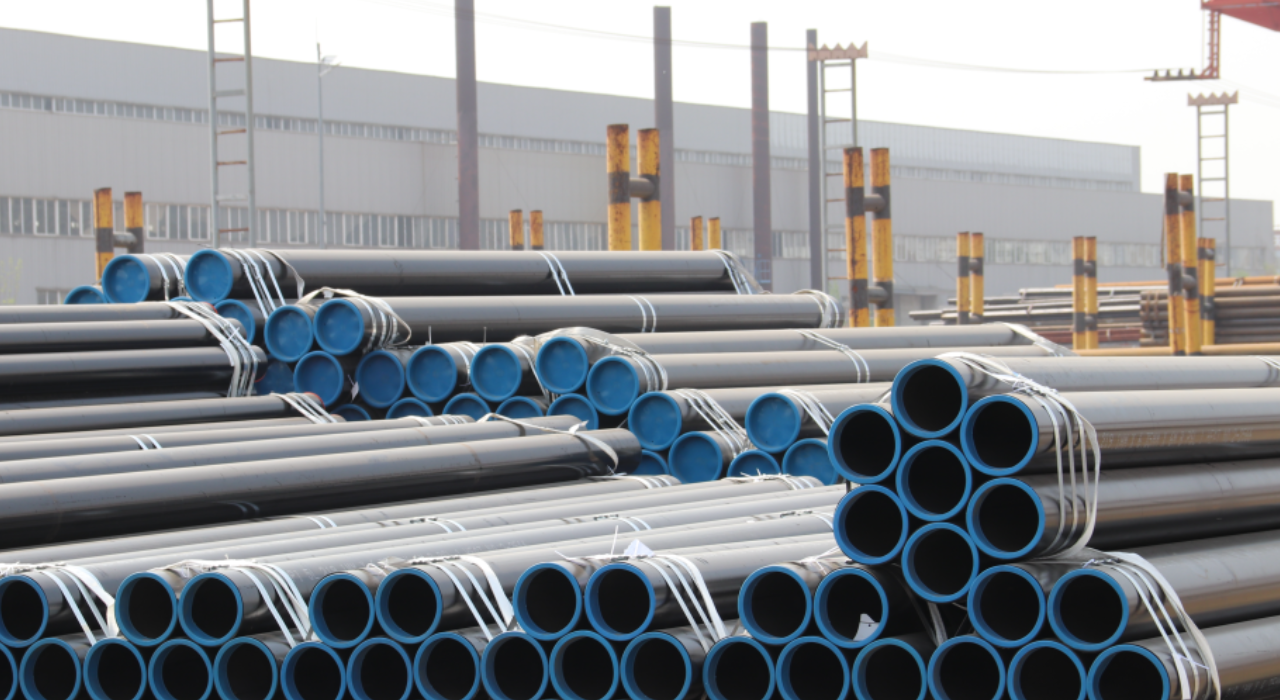Dennis is a hard-working business professional who enjoys spending time with his family and friends. He likes to stay active, and loves playing sports. Stephanie is always looking for new challenges and opportunities to grow both personally and professionally.

Heavy 20-foot steel pipes satisfy essential needs in production, enterprise, and infrastructure by way of providing dependable, durable solutions for excessive-pressure packages. Their primary requirement is to provide sturdy structural guides for huge-scale homes, bridges, and business frameworks, ensuring stability and resilience.
Dealing with and installing heavy 20 feet steel pipe weight requires a meticulous interest in protection to prevent accidents, injuries, and property damage. Their capacity to guide heavy hundreds, withstand corrosion, and provide long-lasting overall performance is vital for preserving the integrity and functionality of crucial infrastructure and industrial approaches.
Safety Concerns When Dealing Heavy 20 Feet Steel Pipes
By following these protection issues, workers can mitigate dangers, prevent accidents, and ensure the successful and safe handling of heavy steel pipes in diverse settings. Here are some main safety issues while operating with these pipes:
Proper Lifting and Handling Strategies
Because of their substantial weight and duration, improper lifting and coping with heavy steel pipes can lead to critical injuries, asset harm, and compromised protection. Adopting the right techniques and the usage of the right device is vital. Use suitable lifting devices together with cranes, hoists, or forklifts designed to address the load and size of the pipes. Make certain the burden is balanced and comfortable in advance rather than lifting.
Safety Gear and PPE
Wearing the proper personal protective equipment reduces the fear of accidents whilst working with heavy steel pipes. PPE presents safety against cuts, abrasions, and different hazards associated with pipe management. Use heavy-duty gloves to protect your palms from sharp edges and pinch factors. Shield against head injuries from falling objects or pipe collisions. Defend toes from heavy objects and provide support on choppy surfaces. Ensure visibility in busy working environments to save you from injuries.
Securing and Supporting Pipes
Properly securing and assisting steel pipes at some point of dealing with, delivery, and set up prevents them from rolling, falling, or shifting, which could cause accidents and damage. Use chocks or cradles to stabilize pipes on flatbeds and garage racks to save you rolling. Secure pipes with tie-downs or straps at some stage in shipping to prevent motion. Use transient restraints like wedges or clamps at some stage in the setup system to maintain pipes in position.
Awareness of Load Limits
Understanding and adhering to load limits and device scores is essential to avoid overloading and capability gadget failure, which can lead to accidents and injuries. Check the burden rankings of cranes, hoists, and forklifts to make sure they can deal with the burden of the pipes. Ensure that the burden is frivolously dispensed and inside the safe running load of the device. Ensure operators are educated and certified to deal with lifting equipment and understand load restriction recommendations.
Secure Transportation
Transporting and storing heavy steel pipes requires careful planning to save you from moving, falling, or rolling, which could cause accidents and damage to the pipes or surrounding assets. Ensure that pipes are securely fixed on shipping cars to prevent motion in the course of transit. Use suitable trailers and securement techniques. Store pipes on stable, level surfaces with the right help or cradles to save you from rolling. Protect stored pipes from environmental factors inclusive of moisture and temperature extremes that could affect their integrity.
Clean Communication
Effective verbal exchange and adherence to website protection protocols are vital for coordinating activities, stopping injuries, and making sure that each employee is aware of potential hazards. Conduct ordinary protection meetings to speak about ability hazards and protection protocols. Use hand indicators, radios, or other communique gadgets to coordinate movements and lifting operations. Genuinely mark dangerous areas and make certain that all employees are aware of them.
Summary
Prioritizing protection not only protects employees but also enhances the performance and reliability of operations regarding heavy steel pipes. Those pipes want particular production to maintain standardized dimensions for seamless integration and to ensure certain safety and efficiency in diverse initiatives.
